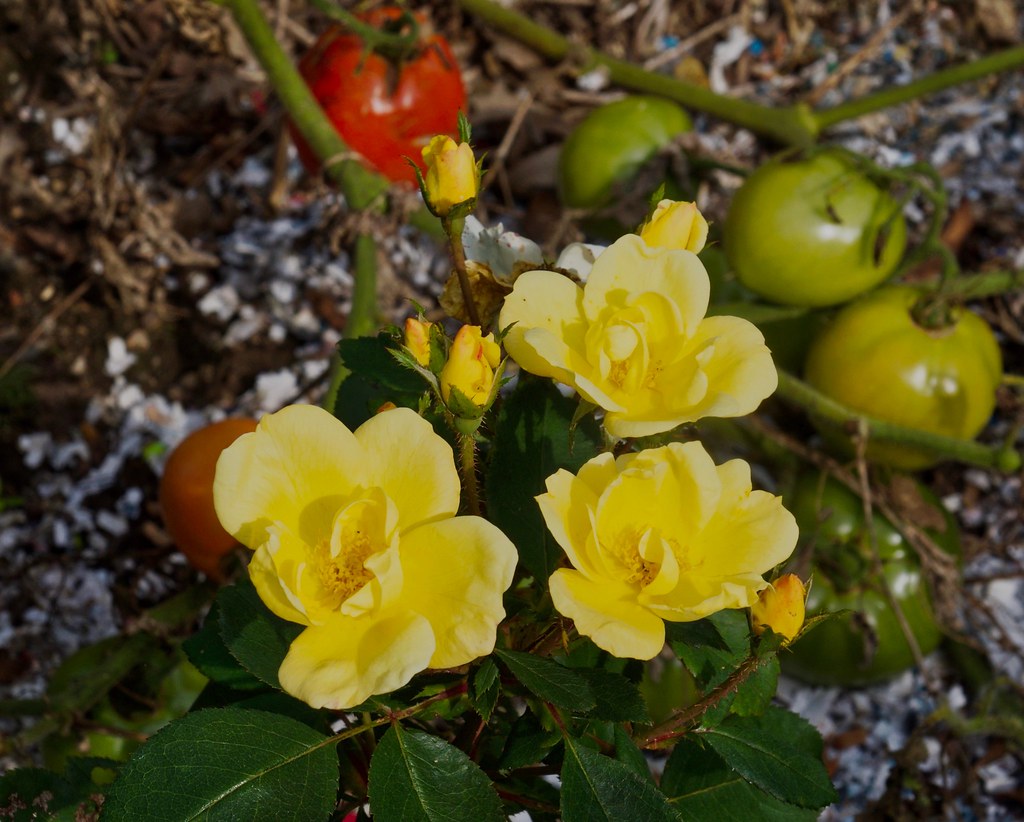 Apart from artificial sources (e.g. inorganic nitrogen fertilizers like urea, ammonium sulphate, ammonium nitrate etc) in addition to restricted pure assets from rain water, the fixation of nitrogen by free residing micro organism, provides the steadiness of nitrogen wants of the soil.
Apart from artificial sources (e.g. inorganic nitrogen fertilizers like urea, ammonium sulphate, ammonium nitrate etc) in addition to restricted pure assets from rain water, the fixation of nitrogen by free residing micro organism, provides the steadiness of nitrogen wants of the soil.
The perfect known example of such fixation is demonstrated in the symbiotic relationship between higher plants referred to as "legumes" and a gaggle of bacteria (also known as Rhibozium). The symbiotic activity takes place within the root nodules of the plant.
The continual cultivation of non-legumes (which some farmers are responsible of) depletes soil fertility over time, and this situation is NOT reversible by fertilization of the soil with phosphorous, potassium or trace minerals.
Legume cropping does the opposite of the above. In other words, it does NOT lead to depletion of the land's productiveness. Indeed, non-leguminous crops which might be planted on land previously cropped with legumes, really profit from the nitrogen fixation that may have been considerably facilitated by the expansion of the legumes!
It have to be famous nonetheless, that the nitrogen standing of legume cropped soil is finally decided to an ideal extent by the cultural farm practices employed on it.
The next are three attainable situations:
1. When a crop is ploughed underneath, full nitrogen acquire is realized - which means a excessive nitrogen standing is achieved.
2. When the cropped legumes are fed to farm animals, the achieve is NOT as nice as what obtains in 1. above, however it is still quite appreciable.
three. Removal of the above floor portion (often known as "stober") of the crop, in contrast, results in little improvement in the nitrogen standing of the land.
What use can you make of this?

Properly, I counsel you consider blended cropping of non-legumes with leguminous crops like cowpea for example. Apart from the yield of useful farm crops for sale or in feeding livestock, it is possible for you to to extend the "life" of your soil - That is when in comparison with a situation when you didn't crop any legumes.
It's instructive to notice that despite the fact that they give "quicker" outcomes and are easier to "use", inorganic or chemical fertilizers tend to go away dangerous residues within the soil with attendant unwanted effects. As such, they should be used with correct care and preferably in combination with natural strategies like legume cropping.
Also, take into account this: should you diligently plant legumes on your land publish-harvest of your crops, they would assist to replenish the soil before the subsequent planting cycle begins.

The above assertion refers to farming situations wherein land could also be left "idle" after cropped produce has been harvested. In the old days, we had been instructed the "rest" or "fallow" period would permit the land get well. Nevertheless, in intensive crop farming methods such relaxation durations might not result in vital nutrient status enchancment - besides one thing extra is done.
An example of that one thing additional could be to deliberately plant legumes on the farmland during the so referred to as "relaxation" period, which would then be trimmed/weeded or removed as soon as planting of the primary crop (s) is to resume.
Relying on how long the rest interval is, and the legume sort adopted, an inexpensive improvement in nitrogen standing of the soil might be expected if that is completed.
Abstract
This article has tried to impress upon the crop farmer, the necessity to lean more in direction of natural methods for crop farm land fertility replenishment and sustenance, as towards brief term advantages of exclusive or main use of chemical fertilizers, which frequently lead to critical soil harm in the long run.
Should you plan to remain in business for the long term, producing profitable crop output out of your farm land, it's crucial that you just give critical consideration to the usage of the methods described right here.
0 Comments